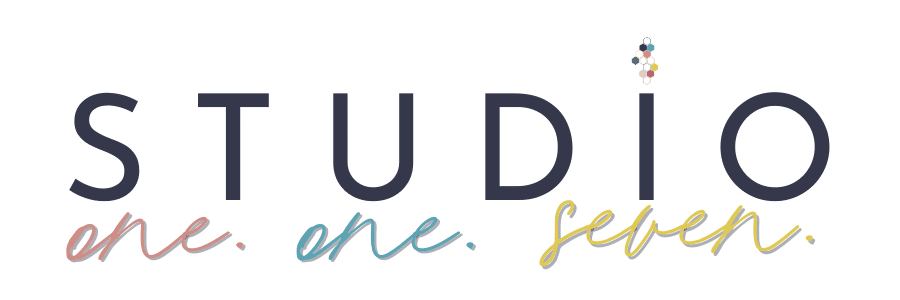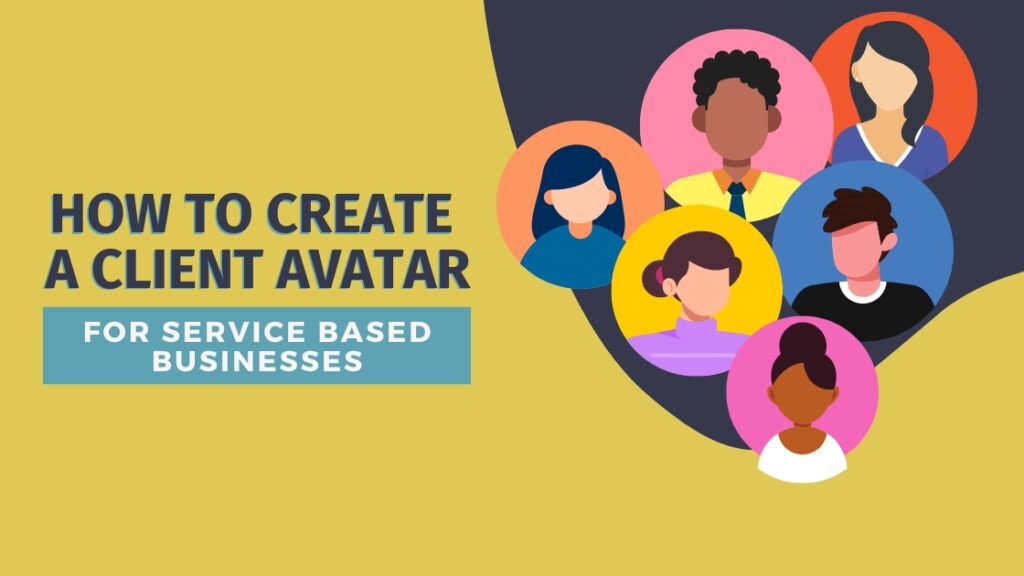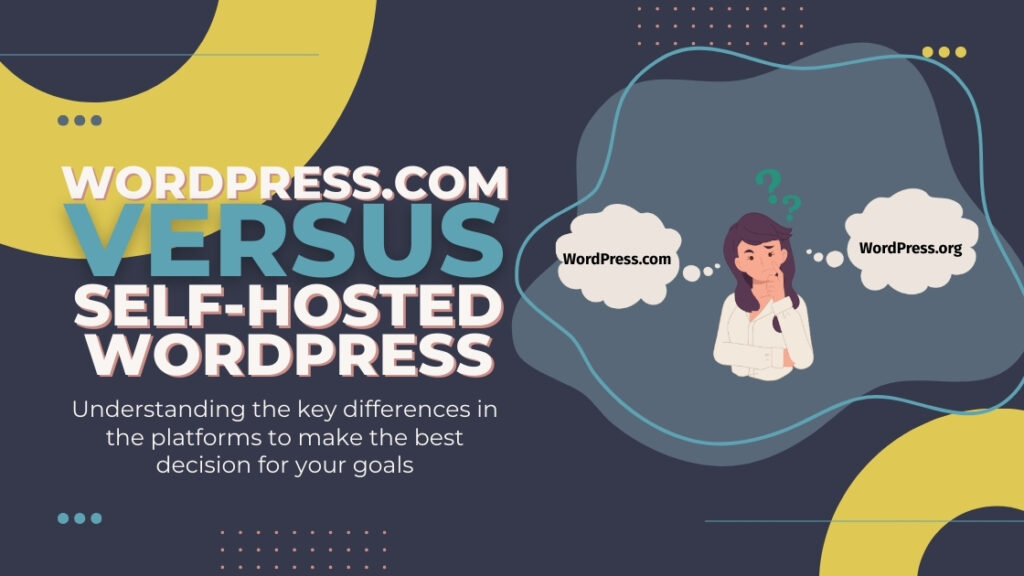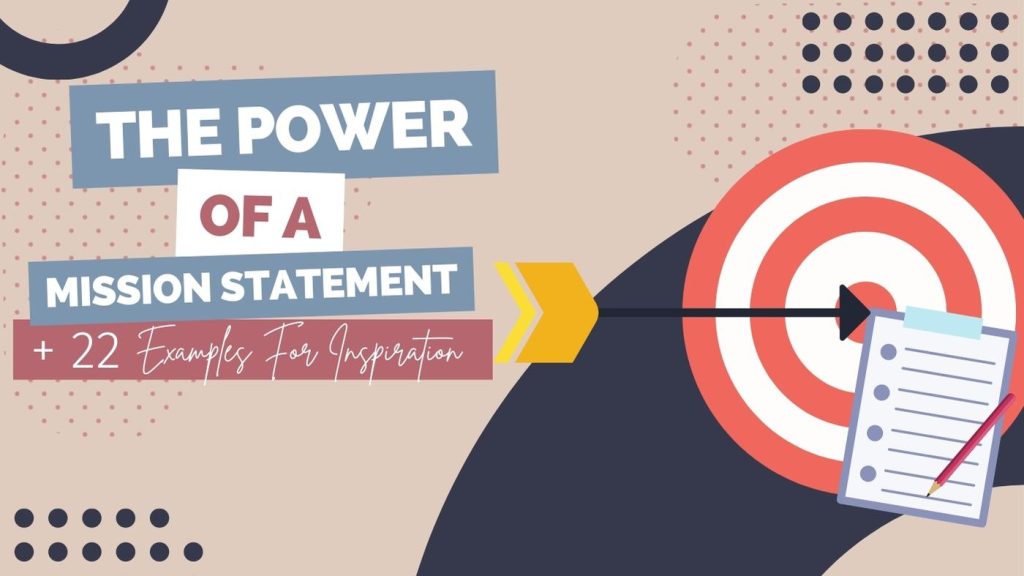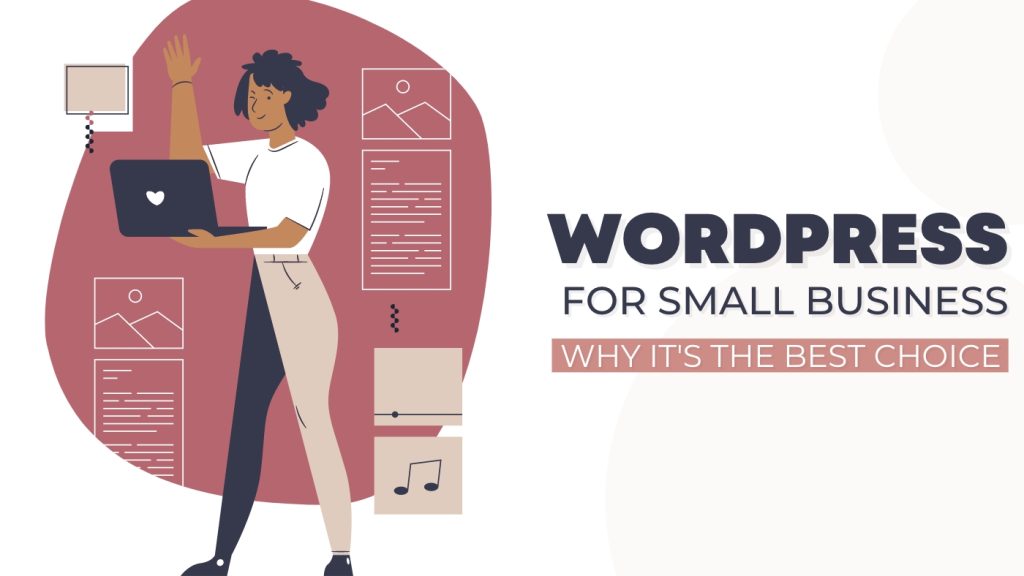Who’s Your Ideal Client? How To Create a Client Avatar [Service Business Edition]
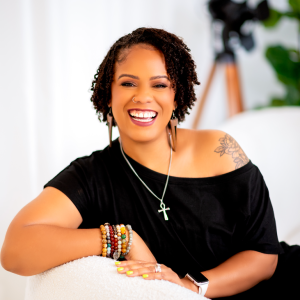
Written By: TaKenya
Published: July 15, 2025
Modified: September 16, 2025
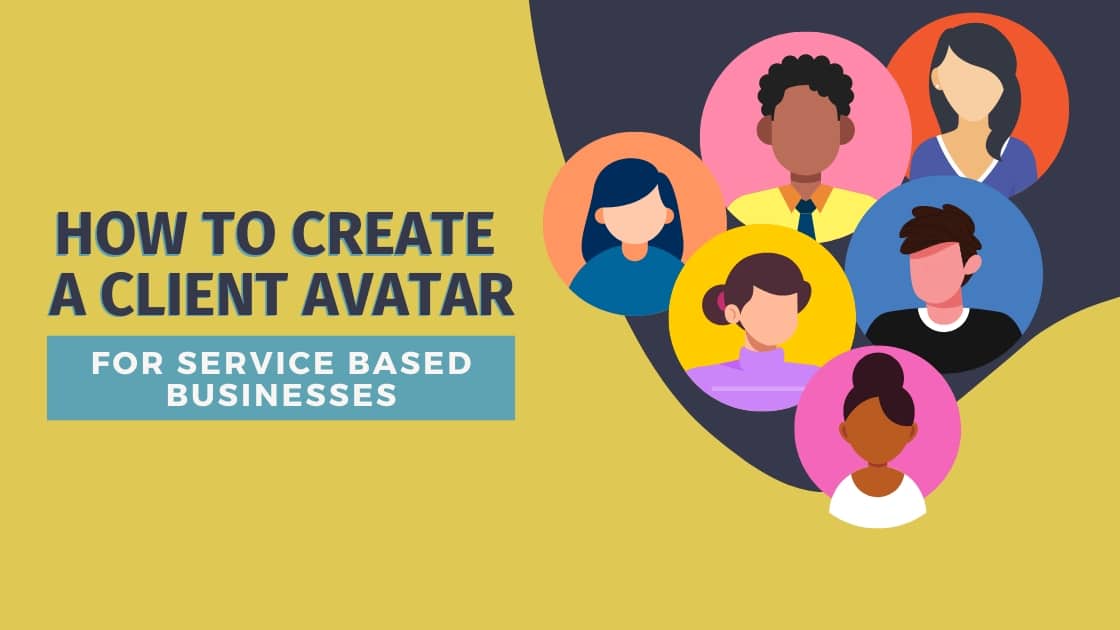
Client Avatars
The links in this post may be affiliate links. That means that if you click them and make a purchase, this site makes a commission. It will have no impact on the price you pay or the experience of your purchase.
You know that feeling when someone asks, “Who’s your ideal client?” and you automatically say, “Everyone who needs my service”? I get it. When you’re passionate about what you do, it feels natural to want to help anyone and everyone.
Here’s the thing, though – when you try to speak to everyone, you end up connecting with no one.
Think about it like this: imagine you’re at a networking event and someone stands up and says, “Hi everyone! I help all people with all their problems!”
You’d probably think, “Okay… but what do you actually DO?”
Compare that to someone who says, “I help overwhelmed therapists create systems so they can focus on their clients instead of drowning in paperwork.”
Now we’re talking…
Why Your Ideal Client Actually Matters for Your Business
I’ll be straight with you, vague targeting kills businesses.
When your messaging is too broad, potential clients may struggle to see themselves reflected in your content. They scroll right past because nothing feels like it’s speaking directly to them.
But when you get specific?
Magic happens.
Your ideal clients think, “Oh wow, this person gets me.”
Your marketing becomes easier because you know exactly what to say. And you stop attracting people who aren’t a good fit anyway.
Here’s How to Get Clear on Your People
Let me walk you through the questions I use with my clients. Don’t overthink this, just start painting a picture of a real person:
1. Paint the Picture
How old are they?
What does their daily life look like?
Are they juggling kids and a business?
Working late into the night?
Just starting out or been at this for years?
Get specific about their world.
2. Identify the Core Problem of your ideal client
What’s the biggest problem you solve for them?
Not the surface-level stuff – dig deeper.
A therapist might think they help with “mental health,” but maybe they really specialize in helping new moms navigate postpartum anxiety.
A baker might think they make “custom cakes,” but really, they create stress-free celebration experiences for busy parents.
3. Get Into Their Language
Here’s where most people mess up – they describe the problem using their own professional language.
But your ideal client isn’t using therapy terms or business jargon.
How do THEY actually talk about their problem?
A new mom doesn’t say, “I’m experiencing postpartum anxiety.” She says, “I can’t stop worrying about everything, and I feel like I’m failing.”
4. Understand the Emotions
What are they feeling about this problem? Frustrated? Overwhelmed? Embarrassed? Scared?
This emotional layer is what makes your messaging hit home.
When someone reads your content and thinks “Yes! That’s exactly how I feel,” you’ve got their attention.
5. The Social Media Test
This one’s my favorite reality check. Think about the last time you saw a social media post and immediately thought, “I can help with that!”
What was that person actually saying? What made you feel confident you could solve their problem?
Now flip it: if someone posts “looking for an affordable (aka cheap) cake baker,” but you specialize in high-end custom designs, why would you market to bargain hunters? You wouldn’t.
That disconnect reveals everything about who your people truly are.
Real Examples That Make This Click
The Therapist: Instead of “I help people with anxiety,” try “I help high-achieving women who look successful on the outside but are secretly drowning in worry and perfectionism.”
The Baker: Instead of “I make custom cakes,” try “I create show-stopping celebration cakes for parents who want their child’s birthday to be Instagram-worthy without the stress of DIY disasters.”
The Hair Stylist: Instead of “I do hair,” try “I help busy professional women look polished and put-together even when they’re running on three hours of sleep and cold coffee.”
See the difference? These aren’t just demographics – they’re real people with real problems you can actually solve.
Why People Stay Too Broad
Look, I get why this feels scary. You’re either thinking “But I don’t want to limit myself!” or you genuinely haven’t thought about who you most love working with. Both are totally normal.
However, here’s what most people don’t tell you: getting specific doesn’t mean turning away business. It means attracting the RIGHT business.
When you’re clear on your ideal clients, the right ones find you faster, and the wrong ones filter themselves out.
What Changes When You identify your ideal client
Everything becomes easier.
Your website copy writes itself because you know exactly what your person needs to hear. Your social media content gets more engagement because it resonates with the right people.
You stop feeling like you’re shouting into the void.
Most importantly, you start attracting clients who are excited to work with you, not just anyone who happens to need what you offer.
Ready to Take This Further?
Once you’re clear on who your people are, the next question becomes: how do you talk to them in a way that really connects?
That’s where your brand voice comes in.
If you want help figuring out not just WHO to talk to, but HOW to talk to them in your unique way, I’d love to help you develop a brand voice guide that makes all your messaging feel natural and authentic.
Remember – you don’t need to help everyone. You just need to help the right people really, really well.
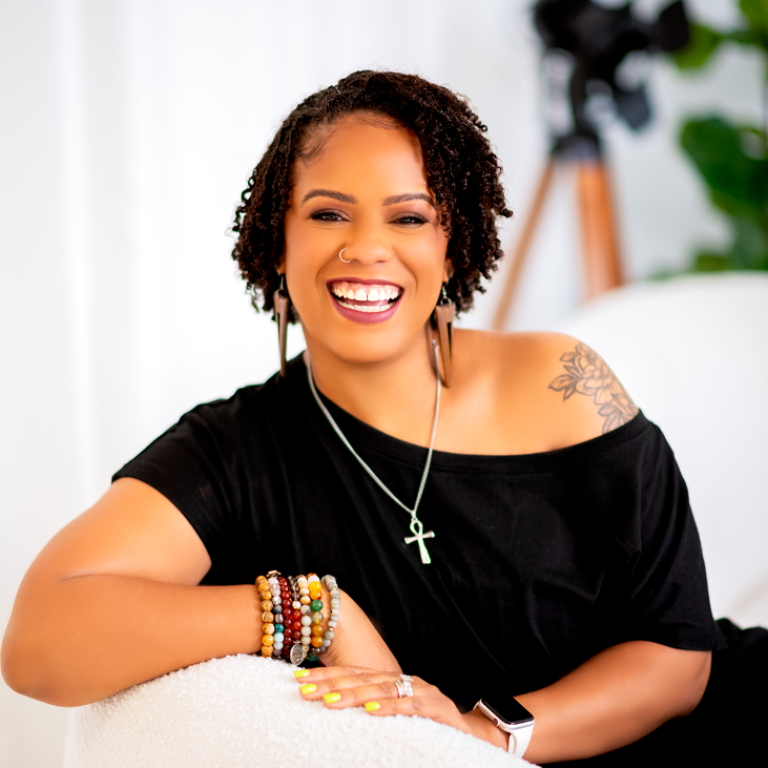
TaKenya
A life and business coach at TaKenya Hampton Coaching, owner of Studio117 Creative, and the girl behind the stove or drill at the Kenya Rae Blog. A total WordPress geek and lover of systems that help businesses run smoothly. My goal is to make things look good, work well, and help business owners reach their full potential—whether they’re working solo as a solopreneur or with a team.
